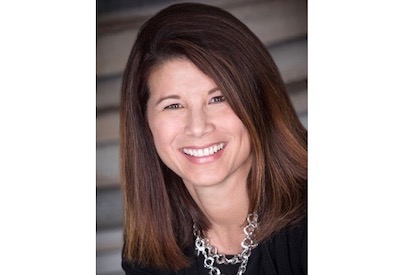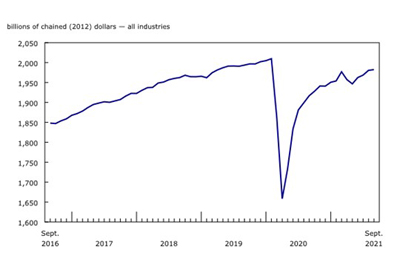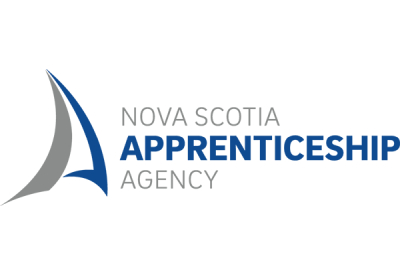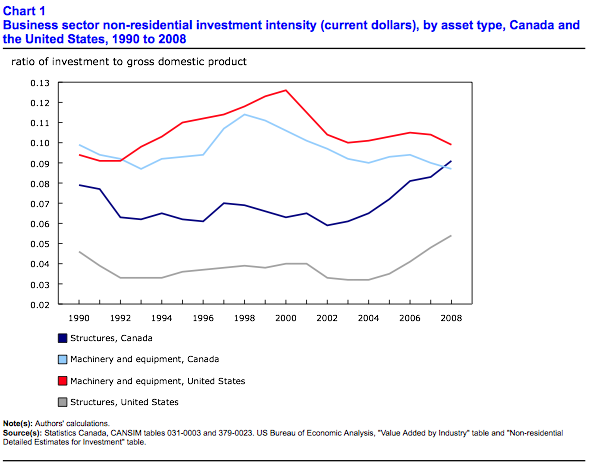The Broken Rung

Mar 12, 2020
By Carol McGlogan
In preparation for this article on Electro-Federation Canada’s (EFC) initiatives for the advancement of women in our industry, I came across the most recent “Women in the Workplace” study conducted by McKinsey and Company in 2019: 329 companies participated in this study in the U.S. and Canada, and although there have been great strides made in the advancement of women in the workplace there is a “broken rung,” which if not fixed will never result in parity.
The study charts the progress made by businesses when it comes to gender diversity, with 87% of companies interviewed stating they were “committed to gender diversity” versus the 56% of respondents in 2012. The data show progress in the number of women in the workforce. The data also show a significant improvement in the percentage of women in senior management and C-suite positions — though there was no difference between men and women when it came to leaving the workforce. It’s clear that companies are working to break the glass ceiling for women, and women are stepping up to the plate to do what is required to lead.
So, what about the broken rung?
The broken rung refers to the lack of upward mobility in the industry for women entering first-level management positions. Many companies have focused efforts on advancing women in senior leadership without building up the female pool of entry-level management. If companies do not work on this first-level advancement, the number of women in senior management positions will never reach parity. We must build the “bench strength” to ensure a robust population for further advancement.
Last year, I wrote an article about our EFC membership being ‘behind’ when it came to diversity. We are at half the national average for women in the workplace and for ethnic diversity. Since then, members have informed us that talent availability is their number one concern. EFC has responded by incorporating diversity and inclusion into its strategy and by implementing a three-tier agenda to tackle the problem.
The first tier deals with senior management in our industry and provides the business case for diversity and inclusion. Our goal is to persuade leadership to evolve policies and practices within their organizations to be competitive with best-in-class organizations who are successful in attracting the best talent in Canada regardless of their background.
The second tier deals with the Human Resources community within EFC as we work via our HR Network to educate members about best practices for diversity and inclusion.
The final tier supports women in our community, helping them “Power Up” in the Canadian electrical industry through professional development, empowerment and lifestyle. In response to this, EFC has launched its Women’s Network program that will include a series of development session opportunities.
All three tiers are required to fix the broken rung. First, senior management and leaders need to recognize where the roadblocks are and implement the policies to tear them down and need to understand the critical role HR departments play in the planning and execution of new workforce strategies and models. Finally, women in our industry need a forum to share best practices to help them advance to “first level” management positions and to reach the C-suite.
Talent is what makes or breaks our businesses. Canada’s talent pool is diverse, which means we need to change if we want the best of the best. I encourage everyone in the industry to work on the broken rung and to be inspired by the McKinsey and Company research report, which can be accessed here.
Carol McGlogan is President & CEO, Electro-Federation Canada.











